Introduction
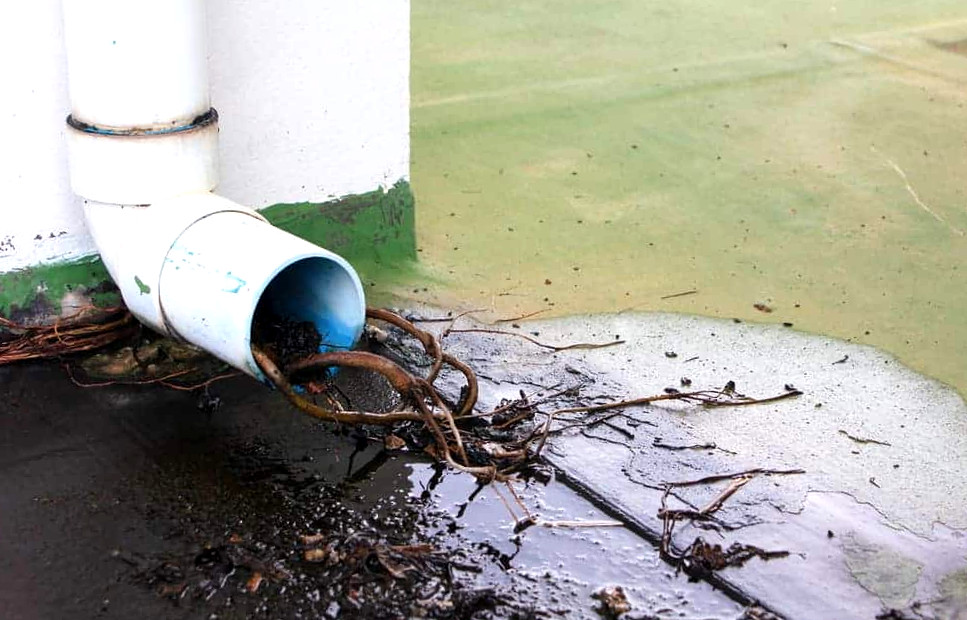
Greetings, DIY plumbing enthusiast! Dealing with stubborn tree roots infiltrating your sewer lines can be a daunting task, but fear not – you’ve come to the right place. In this comprehensive guide, we’ll delve deep into the menace of tree roots in sewer lines, discuss the importance of addressing the issue promptly, and equip you with the knowledge and tools you need to clear those intrusive roots from your drain pipes.
The Menace of Tree Roots in Sewer Lines
Picture this: beneath your property, tree roots are stealthily making their way towards your sewer lines. It’s a natural occurrence, as these roots are drawn to the water and nutrients within your pipes. However, when they grow unchecked, they can wreak havoc.
Sewer line blockage, backup, and clogs are just the beginning. As these persistent roots force their way into your drain pipes, they can cause damage that leads to costly repairs. So, it’s vital to detect and address the issue before it becomes a plumbing nightmare.
The Importance of Addressing the Issue Promptly
Now that you understand the gravity of the situation, let’s emphasize why dealing with tree roots promptly is crucial:
- Prevent Costly Damage: The longer you allow tree roots to infiltrate your sewer lines, the more extensive the damage becomes. This can result in not only plumbing expenses but also damage to your property’s foundation.
- Avoid Inconvenience: Imagine the inconvenience of sewage backups and foul odors in your home – it’s something you definitely want to steer clear of.
- Minimize Health Risks: Sewage backups can pose health hazards due to the presence of harmful bacteria and pathogens. Prompt action helps protect your family’s health.
- Preserve Your Landscape: If left unchecked, tree roots can harm your landscaping by causing sinkholes and unnatural growth.
Why Do Tree Roots Invade Sewer Lines?
The Quest for Water and Nutrients
Hey there, plumbing enthusiast! In this section, we’ll delve deeper into why those pesky tree roots find your sewer lines so irresistible.
You see, trees are like nature’s detectives, always on the hunt for water and nutrients. Your sewer lines, snugly buried beneath your property, are a treasure trove for these resourceful roots. They’re drawn by the promise of a consistent water source, a cozy environment, and the organic matter they crave.
The Attraction to Cracks and Leaks in Sewer Pipes
Now, here’s where things get interesting. Tree roots are persistent, and they’ll stop at nothing to reach their goal. When your sewer pipes develop cracks or leaks, they emit subtle signals that beckon these roots like a siren’s call.
Tree roots are experts at seeking out these weak points in your sewer line. Once they find an entry, they’ll gradually grow and expand, causing blockages and backups that can wreak havoc on your plumbing system.
Early Warning Signs of Root Invasion
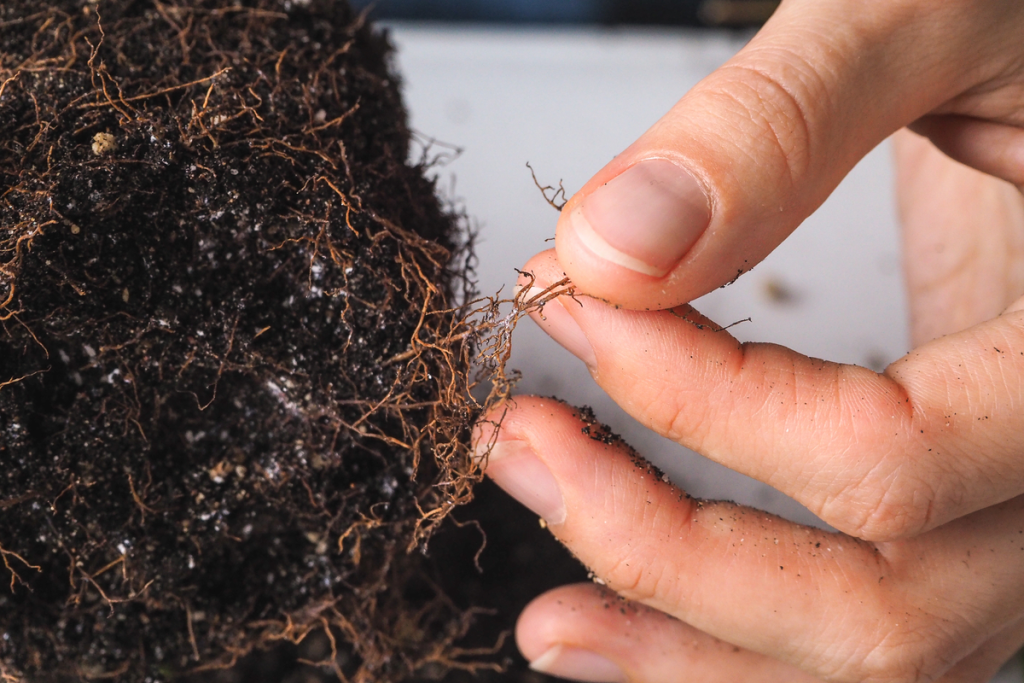
Recognizing the early warning signs of tree root invasion is essential to nip the problem in the bud. Here’s what to watch out for:
Slow Draining of Water
If you notice that your sinks, tubs, or toilets are draining slower than usual, it could be a sign that tree roots are causing a sewer line blockage. Don’t ignore it; address it promptly to avoid more significant issues.
Gurgling Sounds During Flushing
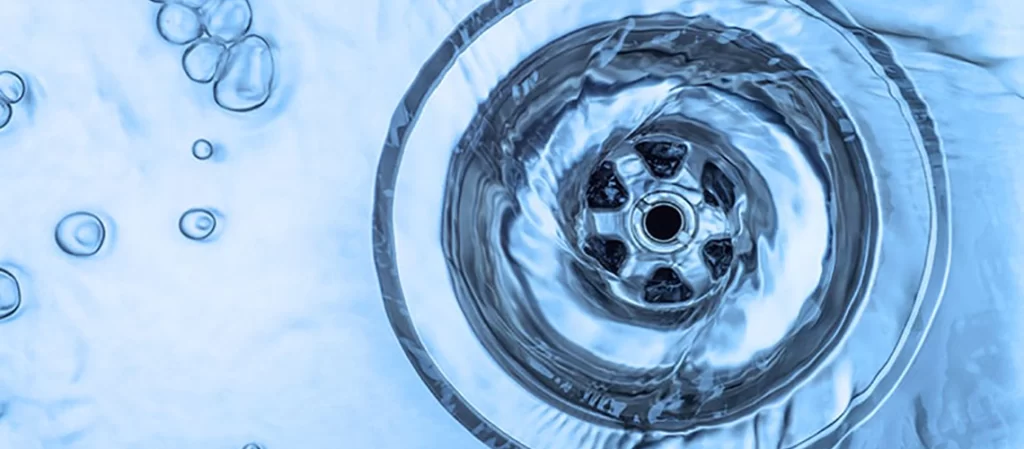
Strange gurgling sounds when you flush your toilet are another red flag. These noises can indicate that air is trapped in your pipes due to root infiltration, causing water to flow irregularly.
Water Backup and Foul Odors
Perhaps the most unpleasant sign is water backup in your drains, toilets, or even your yard. This backup can lead to foul odors, a surefire indicator that something’s amiss in your sewer lines.
The Damage Caused by Tree Roots
Now that you’re well-versed in the ins and outs of tree roots’ relentless pursuit of your sewer lines, let’s talk about the havoc they can wreak when left unchecked.
Blockage of Water Flow
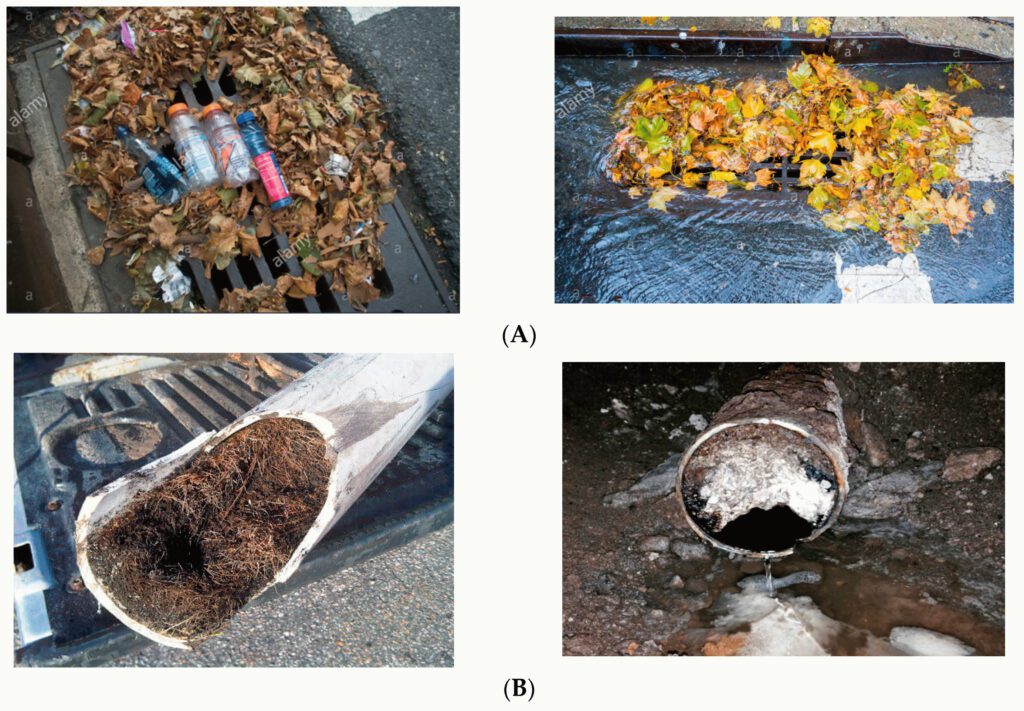
Imagine trying to sip your favorite drink through a straw that’s clogged with gunk. That’s what happens when tree roots invade your sewer lines. They cause a sewer line blockage, obstructing the smooth flow of wastewater from your home to the municipal system.
This blockage can result in slow draining sinks, gurgling pipes, and an overall plumbing nightmare.
Breakage and Cracks in the Pipes
Tree roots don’t just block your pipes; they can also be quite aggressive, causing breaks and cracks in your sewer lines. This damage can lead to leaks, which not only attract more roots but also pose a risk of sewage seeping into your yard or foundation.
Potential Sinkholes Around the Property
Perhaps the most concerning consequence of unchecked tree root infiltration is the potential for sinkholes to form around your property. When tree roots grow unchecked, they can destabilize the soil, creating depressions in your yard. This not only poses a safety hazard but can also lead to costly landscaping repairs.
Now that you understand the extent of the damage tree roots can cause, it’s time to explore the methods and tools you can use to clear them from your drain pipes.
Effective Methods to Remove Tree Roots
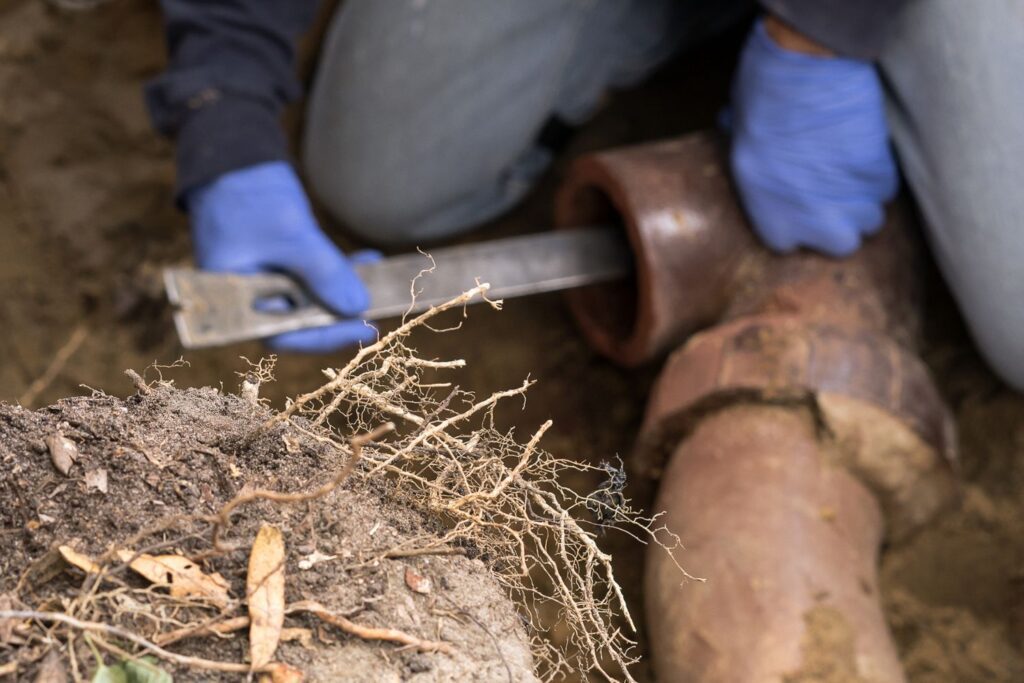
Now that you’ve got a solid understanding of the problem and the tools at your disposal, it’s time to delve into the most effective methods for removing those stubborn tree roots from your drain pipes.
Professional Inspection and Removal
The Importance of Hiring Experienced Plumbers
When the root invasion is extensive or you’re dealing with complex plumbing systems, it’s often best to bring in the experts—a professional plumber. These experienced individuals have encountered all sorts of root-related challenges and can swiftly assess and address the issue.
Hiring a seasoned plumber ensures that the job is done correctly and efficiently, minimizing the risk of future problems. They’ll have the knowledge to select the most appropriate method for your specific situation.
The Use of Sewer Camera Inspections
One invaluable tool in a plumber’s arsenal is the sewer camera inspection. This high-tech device allows plumbers to peer deep into your sewer lines, pinpointing the exact location and extent of root intrusion. Armed with this knowledge, they can then employ the most effective removal technique.
Rock Salt Treatment
How Rock Salt Dehydrates and Kills Tree Roots
Rock salt, often found in your kitchen, can be a powerful weapon against tree roots. It works by dehydrating the roots, causing them to wither and die. This makes rock salt a natural and environmentally friendly choice.
Steps to Effectively Use Rock Salt
- Identify the Problem Area: Locate the drain that’s experiencing issues and remove any standing water.
- Measure and Pour: Calculate the amount of rock salt you need based on the size of your drain. Typically, one cup of rock salt per foot of sewer line will suffice. Carefully pour it down the drain.
- Flush with Water: Follow up by flushing the drain with hot water. This will help dissolve the salt and distribute it throughout the pipes.
- Repeat as Needed: Depending on the severity of the root intrusion, you may need to repeat this process a few times to completely eliminate the roots.
Foaming Root Killers
The Action Mechanism of Foaming Agents
Foaming root killers are a convenient and effective solution. They contain chemicals that adhere to the walls of your pipes, creating a barrier that prevents root intrusion. Additionally, these agents expand upon contact with water, ensuring thorough coverage.
Monthly Treatments for Prevention
To keep tree roots at bay, consider monthly treatments with foaming root killers. This proactive approach can save you from future root-related headaches. Simply follow the product’s instructions for the correct dosage and application method.
Copper Sulfate Treatment
The Toxic Nature of Copper Sulfate
Copper sulfate is another potent tree root killer. It’s a toxic substance that swiftly eradicates roots upon contact. However, this method should be used with caution, as it can harm the environment and your pipes if overused.
Safety Precautions and Local Regulations
Before using copper sulfate, check your local regulations regarding its use. Ensure you follow safety guidelines, including using appropriate protective gear and carefully adhering to dosage recommendations.
Preventive Measures to Keep Roots at Bay
Congratulations on your journey to becoming a root-busting expert! Now, let’s explore some essential preventive measures to ensure those pesky tree roots stay far away from your drain pipes.
Replacing Old and Weak Pipes
One of the most effective ways to prevent future root intrusions is to replace old, weak pipes. Aging sewer lines are more susceptible to cracks and leaks, which are like beacons for tree roots.
Consider investing in modern, sturdy pipes, such as PVC or concrete, which are less prone to damage and root intrusion. While it may be a significant initial expense, it can save you from recurring root-related problems down the road.
Regular Inspections and Drain Checks
Remember, an ounce of prevention is worth a pound of cure. Schedule regular inspections of your sewer lines using a sewer camera inspection service. This proactive approach can help you detect potential issues before they escalate into full-blown root invasions.
Additionally, perform drain checks periodically. Keep an eye out for any signs of slow draining water, gurgling noises, or foul odors. Early detection can mean the difference between a quick fix and a major plumbing headache.
Understanding the Landscape and Safe Tree Planting
Before you embark on any landscaping projects, take the time to understand your property’s landscape and the location of your sewer lines. Knowing where these lines run can help you avoid planting trees too close to them.
When planting trees, opt for species with non-invasive root systems, such as maples or dogwoods. Maintain a safe distance of at least ten feet between trees and your sewer lines. Proper tree placement can be a game-changer in preventing future root intrusions.
By implementing these preventive measures, you’ll significantly reduce the risk of tree roots infiltrating your drain pipes, ensuring a smoother, trouble-free plumbing experience.
Insurance and Financial Implications
Now that you’re well-versed in combating root invasions, it’s essential to understand the insurance and financial aspects related to this plumbing challenge.
Typical Homeowner Insurance Policies and Their Limitations
First and foremost, it’s crucial to recognize that typical homeowner insurance policies often do not cover damage caused by tree roots in your sewer lines. Insurance providers typically consider this issue a result of regular wear and tear rather than a sudden, unforeseen event. Therefore, you might have to foot the bill for repairs and root removal.
However, there are exceptions, and some policies may cover root damage if it leads to a covered peril, such as flooding. It’s essential to review your policy carefully and, if necessary, consult your insurance provider to understand the extent of your coverage.
The Potential Cost of Repairs and Root Removal
Root invasions can range from minor inconveniences to major plumbing emergencies. The cost of repairs and root removal varies depending on several factors, including the extent of the damage, the chosen removal method, and whether you opt for professional assistance.
Minor root intrusions that require a single treatment can be relatively affordable, but severe damage or recurring issues may lead to more significant expenses. Professional services, while effective, can also be costly.
It’s essential to budget for potential root-related expenses and consider preventive measures to minimize future financial burdens.
Conclusion
In this comprehensive guide, you’ve delved into the intricate world of clearing tree roots from drain pipes. You’ve learned about the menace of tree roots, early warning signs, effective removal methods, preventive measures, and even the financial implications of root invasions.
The Significance of Proactive Measures
As a proactive homeowner, you now understand the importance of staying vigilant and addressing root invasions promptly. Preventive measures like regular inspections, safe tree planting, and choosing robust pipe materials can save you both money and stress in the long run.
Encouraging Regular Check-Ups and Early Interventions
Finally, it’s essential to encourage regular check-ups for your plumbing system and to take early interventions seriously. Remember, the sooner you detect and address root invasions, the less damage they’ll cause, and the more cost-effective the solutions will be.
With your newfound knowledge and a proactive approach, you’re well-prepared to maintain a root-free plumbing system and protect your property’s value. Keep these tips in mind, stay informed, and don’t hesitate to consult a professional plumber when needed.
Thank you for joining us on this plumbing journey, and here’s to root-free drains and worry-free plumbing!

